What is a Non-Directional Beacon (NDB)?
Let’s delve into the Non-Directional Beacon (NDB) and its associated Automatic Direction Finding (ADF) equipment, exploring cockpit displays, ADF usage techniques, limitations, and key details every pilot should know.
Understanding the NDB and the ADF:
- The NDB serves as a ground-based radio transmitter, while the ADF equipment onboard the aircraft aids in determining the direction to the NDB.
Cockpit Displays:
- Fixed Card Relative Bearing Indicator (Fixed Card RBI): Displays the relative bearing of the NDB, indicating its position relative to the aircraft’s nose.
- Moving Card RBI: Allows pilots to set the aircraft’s heading, displaying both the magnetic direction to (QDM) and from (QDR) the NDB.
- Radio Magnetic Indicator (RMI): Overlays the ADF needle on a heading indicator, automatically adjusting as the aircraft turns.
Using the ADF:
- After entering the correct NDB frequency, confirm the morse code identifier to ensure reception.
- Homing to the NDB: Direct the aircraft towards the NDB by keeping the ADF needle’s head at 12 o’clock, though this method disregards wind drift.
- Tracking to the NDB: Fly a heading compensating for wind drift to maintain a straight line towards the NDB, preferred for accuracy.
ADF Limitations:
- Thunderstorms: ADF may point towards thunderstorms instead of the NDB due to interference.
- Terrain Reflection: Incorrect indications may occur when NDB signals reflect off terrain.
- Night Effects: Dusk and dawn ionosphere changes can cause interference from distant NDBs.
- Limited Range: NDBs typically have a range of 15-30nm due to low power.
- Coastal Refraction: NDB signals may bend when crossing coastlines, leading to inaccuracies.
- No Failure Flag: Lack of failure indication increases the risk of using unserviceable beacons.
NDB Frequencies & Details:
- Maintenance & Testing: Check NOTAMs for unserviceable NDBs; ‘TST’ may indicate testing.
- Designated Operational Coverage (DOC): Usable range of NDBs specified in AIP, with some having limited range, known as Locators.
- Locations, Frequencies & Idents: NDB details, including locations, frequencies, and identifiers, are marked on aeronautical charts and available in the AIP.
By mastering NDB navigation principles and understanding its limitations, pilots can confidently utilize this essential navigation aid for safe and efficient flight operations. Stay informed, stay vigilant, and leverage NDB technology to navigate with precision in various flight conditions.
Learn more, visit our shop here
























